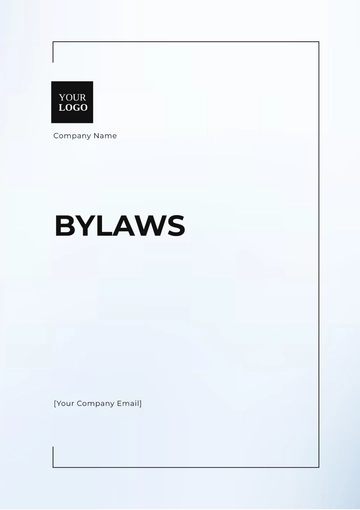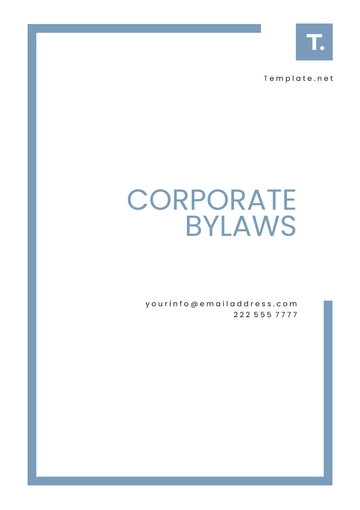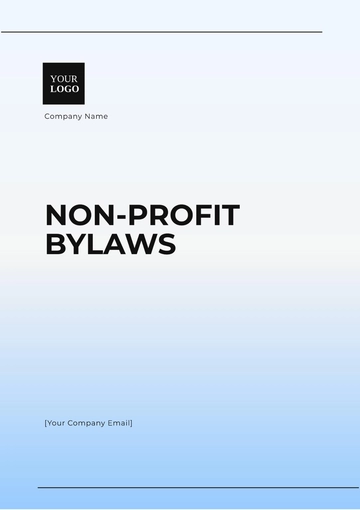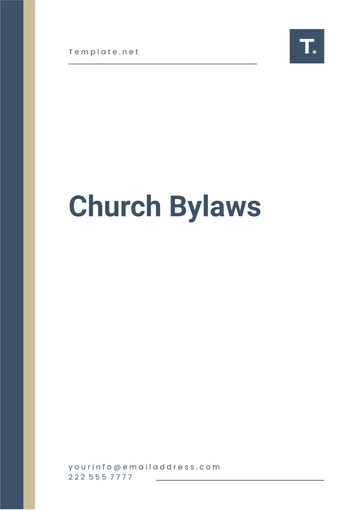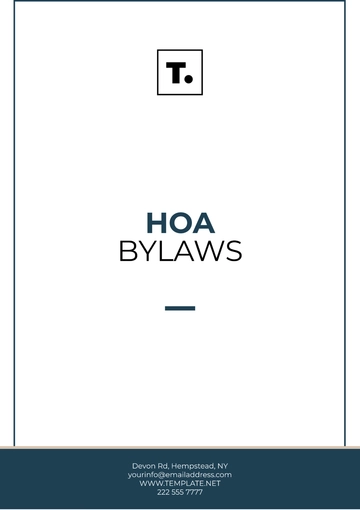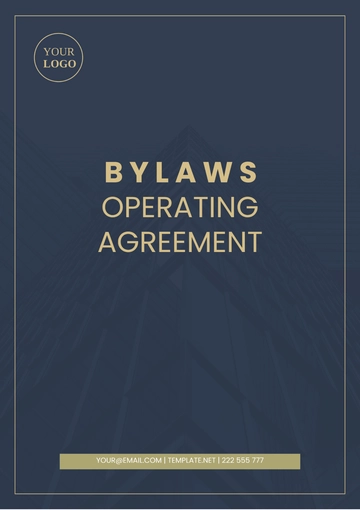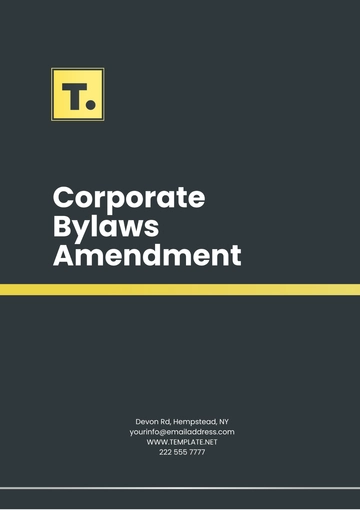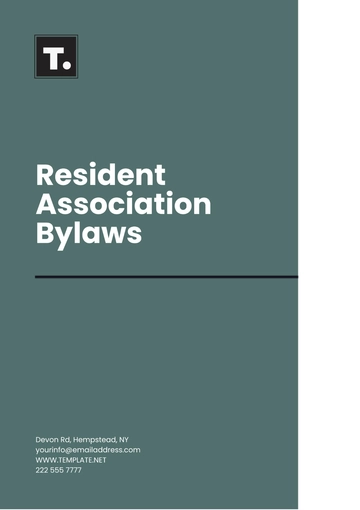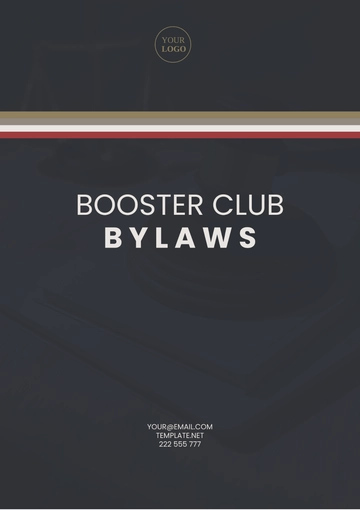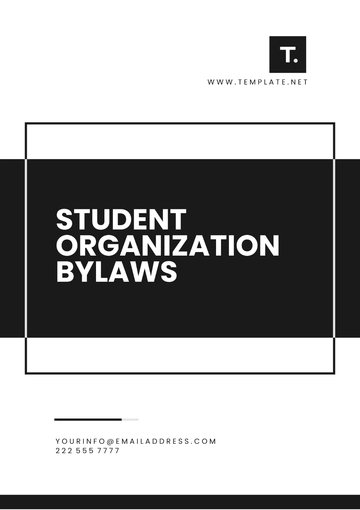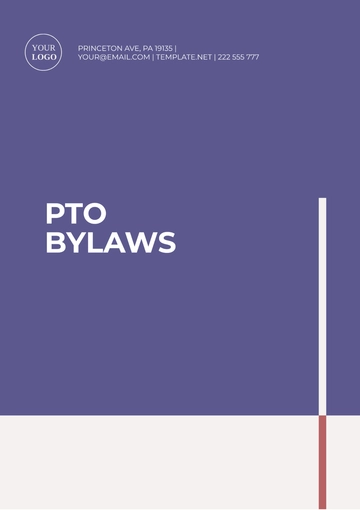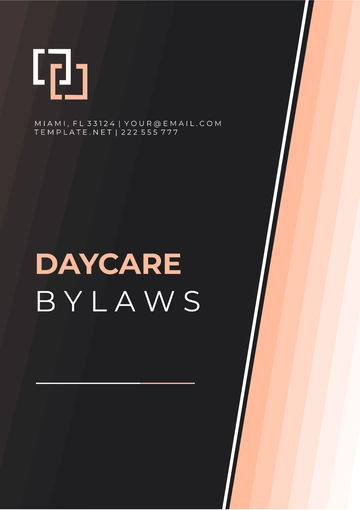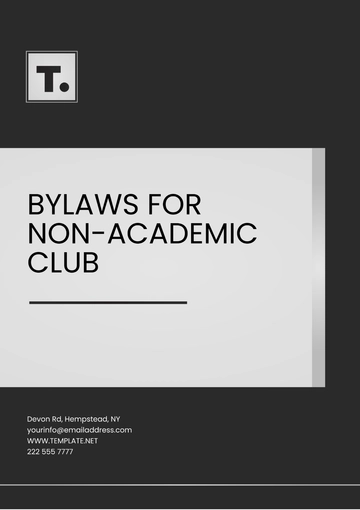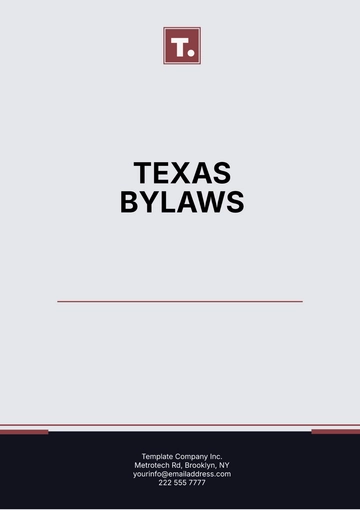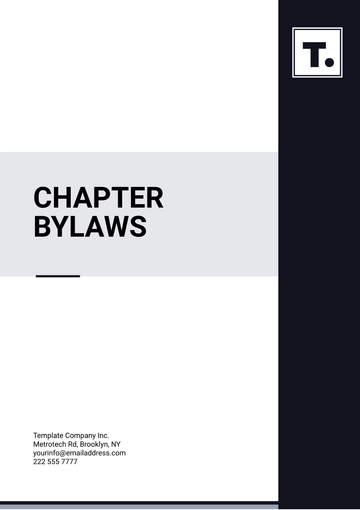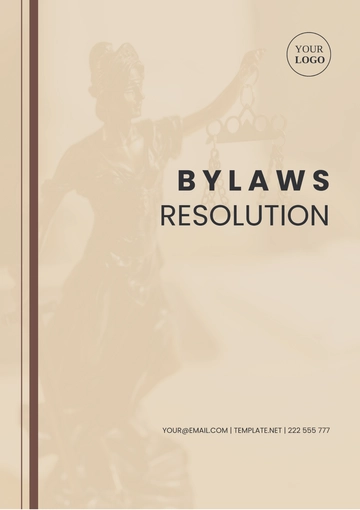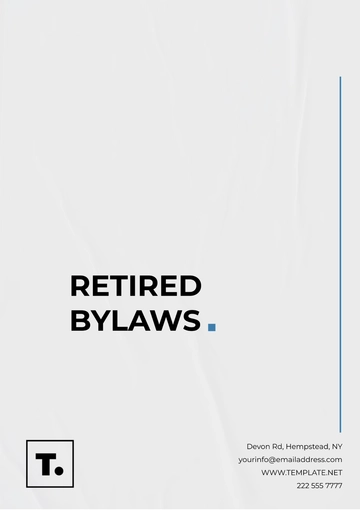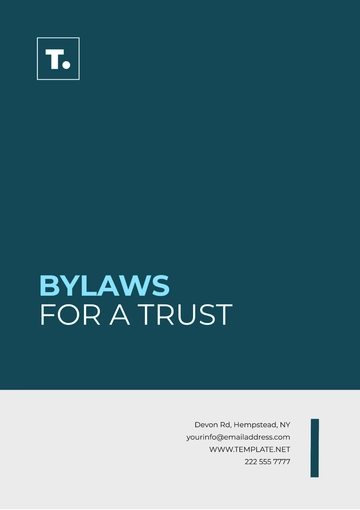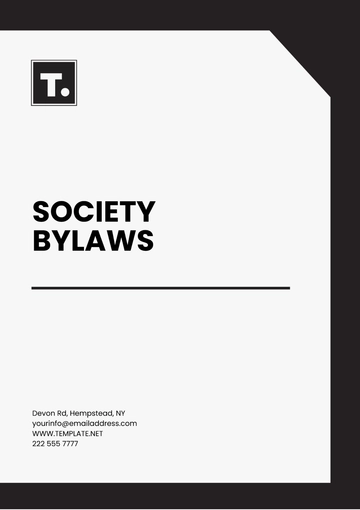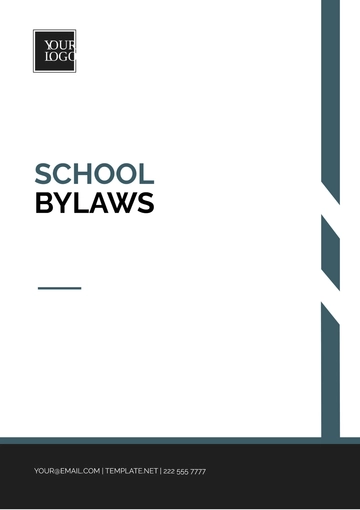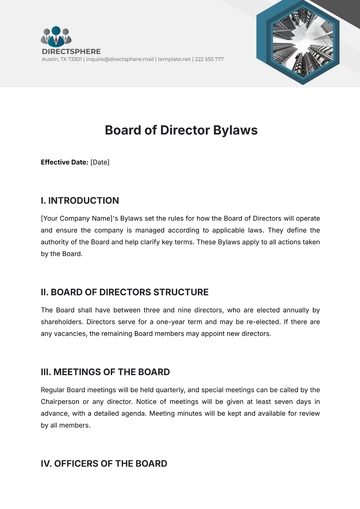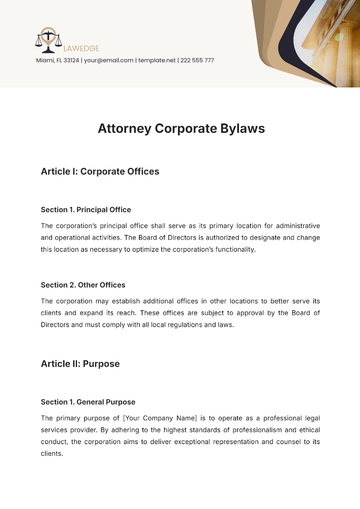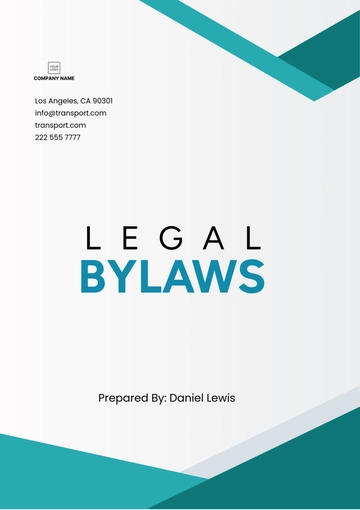Free Cbrm(Cape Breton Regional Municipality) Bylaws
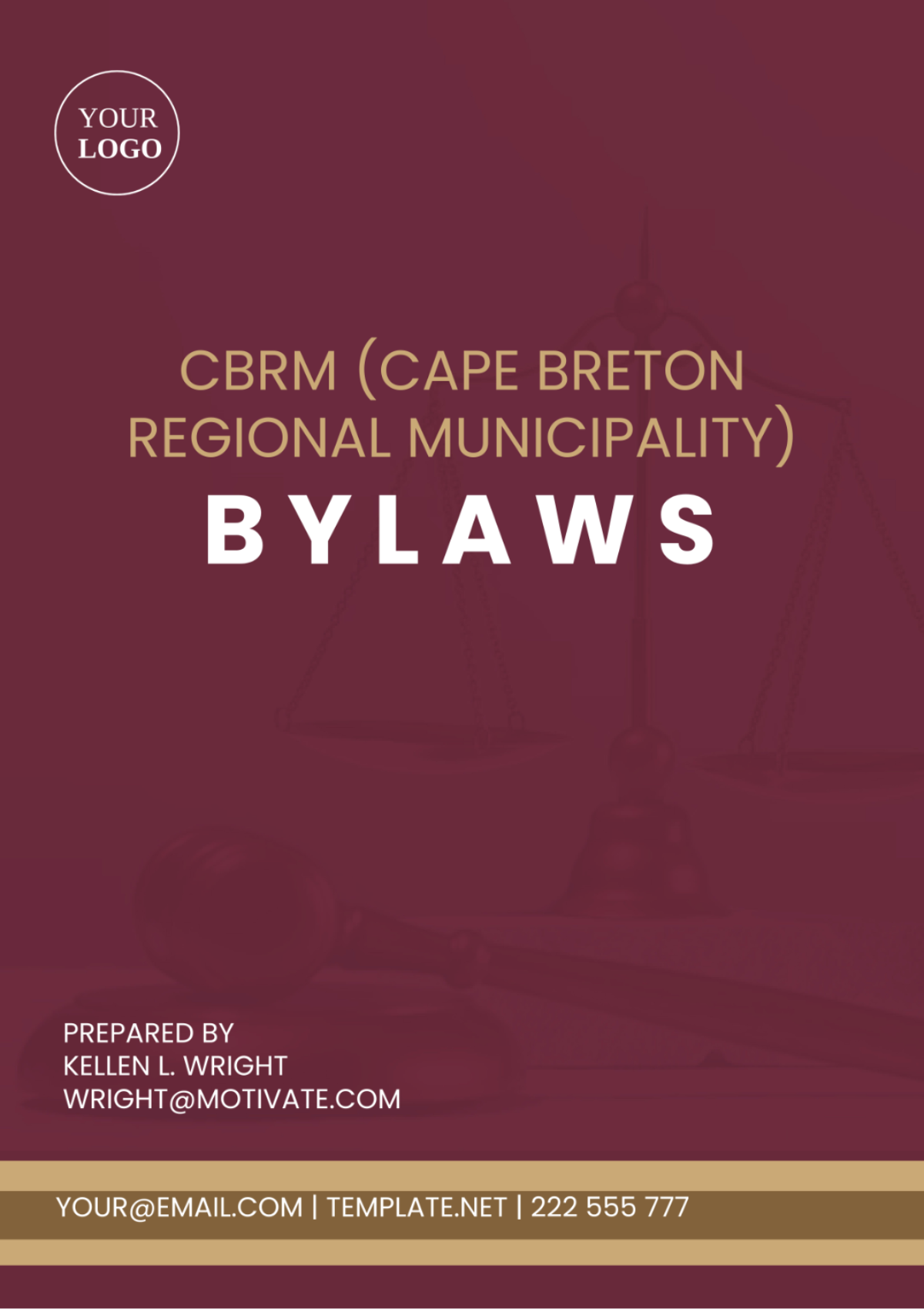
Article 1: Introduction
These Bylaws are established by the municipal government authority of the Cape Breton Regional Municipality (CBRM) to regulate various aspects of conduct and activities within its jurisdiction. These regulations aim to maintain order, ensure public safety, protect the environment, and promote the well-being of residents and businesses within the CBRM.
Article 2: General Regulations
Compliance: All individuals, businesses, and organizations within the CBRM must comply with these Bylaws.
Enforcement: These Bylaws shall be enforced by designated municipal officers authorized by the CBRM authorities.
Penalties: Violations of these Bylaws may result in fines, penalties, or other enforcement actions as deemed appropriate by the CBRM authorities.
Article 3: Zoning and Land Use
Zoning Designations: The CBRM is divided into various zoning districts, each with its own regulations governing land use, density, setbacks, and permitted uses.
Development Permits: Certain developments and land uses may require a development permit issued by the CBRM authorities to ensure compliance with zoning regulations.
Subdivision Regulations: Subdivision of land within the CBRM must adhere to subdivision regulations to ensure orderly development and infrastructure provision.
Article 4: Environmental Protection
Waste Management: Proper disposal and recycling of waste materials are required in accordance with municipal waste management bylaws to protect the environment and public health.
Water Conservation: Restrictions on water usage may be imposed during periods of drought or water shortages to conserve water resources.
Protection of Natural Areas: Preservation of natural habitats and sensitive ecosystems within the CBRM is mandated, with restrictions on development and activities in designated conservation areas.
Article 5: Public Safety
Traffic Regulations: Speed limits, parking regulations, and traffic control measures are established to ensure safe and efficient movement of vehicles and pedestrians.
Fire Safety: Compliance with fire codes and regulations is mandatory to minimize the risk of fire hazards and ensure prompt response to emergencies.
Emergency Preparedness: Protocols for emergency response and disaster management are outlined to safeguard the lives and property of residents in the event of natural or man-made disasters.
Article 6: Business Licensing and Regulation
Business Licenses: Certain types of businesses operating within the CBRM may require a license issued by the municipal authorities to ensure compliance with regulations and standards.
Health and Safety Regulations: Businesses must adhere to health and safety regulations to protect employees, customers, and the public from hazards and risks associated with their operations.
Noise Control: Limits on noise levels from commercial activities are established to minimize disturbances to residential areas and maintain a peaceful environment.
Article7: Animal Control and Welfare
Pet Ownership: Regulations governing the keeping of pets and animals are established to ensure responsible ownership and prevent nuisances to neighbors.
Stray Animal Control: Measures for the control and impoundment of stray animals are implemented to protect public safety and prevent the spread of diseases.
Animal Welfare: Standards for the humane treatment and care of animals are enforced to prevent cruelty and ensure their well-being within the CBRM.
Article 8: Enforcement and Appeals
Enforcement Procedures: Procedures for the enforcement of these Bylaws, including issuance of warnings, fines, and enforcement actions, are outlined.
Appeals Process: Individuals or entities aggrieved by decisions or actions taken under these Bylaws may seek recourse through an appeals process provided by the CBRM authorities.
Article 9: Amendments and Repeal
The Bylaws in question have the potential to undergo amendments or be completely repealed, this action, however, can solely be instigated by the adoption of a resolution by the municipal council. This significant change will not occur without the necessary public notice being sent out and a thorough consultation process occurring as these are both crucial steps most commonly stipulated by the prevailing laws.
Article 10: Effective Date
These Bylaws shall come into effect on [Effective Date] and shall remain in force until amended, repealed, or superseded by subsequent regulations or legislation.
- 100% Customizable, free editor
- Access 1 Million+ Templates, photo’s & graphics
- Download or share as a template
- Click and replace photos, graphics, text, backgrounds
- Resize, crop, AI write & more
- Access advanced editor
Navigate Cape Breton Regional Municipality's bylaws with ease using our comprehensive template from Template.net. This editable resource provides clarity and structure to local regulations and customizes it effortlessly with our Ai Editor Tool to fit your specific requirements. Simplify compliance and ensure adherence to CBRM's bylaws with this essential template.
